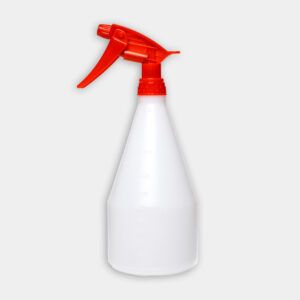In this video, This Old House landscape contractor Roger Cook learns how to select houseplants for different situations from expert Carrie Kelly.
Selecting houseplants
- Many houseplants, such as lemon trees, add fragrance to a room.
- Place a lemon tree near a window in direct sunlight.
- Gardenias have beautiful flowers and lovely fragrance. To thrive, gardenias need high humidity. Mist the plant frequently and set it on tray of pebbles, then fill tray with water.
- Stephanotis and jasmine are vine houseplants that smell great and produce delicate flowers.
- Rosemary can be trained to grow vertically, and then trimmed like a Christmas tree. Rosemary leaves have a wonderful aroma, and can be picked and used in cooking.
- Paperwhites are part of the daffodil family and are very easy to grow.
- When repotting paperwhites, use a shallow dish with no drainage holes.
- Partially fill the dish with gravel or marbles.
- Press the paperwhite bulbs partway into the gravel, then add water until it just touches the bottom of the bulbs.
- Place the dish in a cool location (50 to 60-degrees F) until you see new growth, then move it to a warmer spot. Flowers will bloom in four to six weeks.
- Plant individual paperwhite bulbs in a small vase; don’t set the bulb directly in water.
- Houseplants, through a process called translocation, can help clean the air of toxins and pollutants.
- The eureka palm, lady palm, rubber tree, and peace lily are excellent air purifiers.
- One large houseplant can clean the air in a 100-square-foot area.
- In lowlight areas, consider growing mother-in-law’s tongue or any plant in the dracena family.
- Zamioculcas Zamifolia, commonly called the ZZ plant, tolerates very little light and requires very little water.
- Edible houseplants include sage, mint, basil, oregano, rosemary and thyme.
- Remove herb plants from plastic containers and repot them into clay pots.
Tool
Tools & Materials

